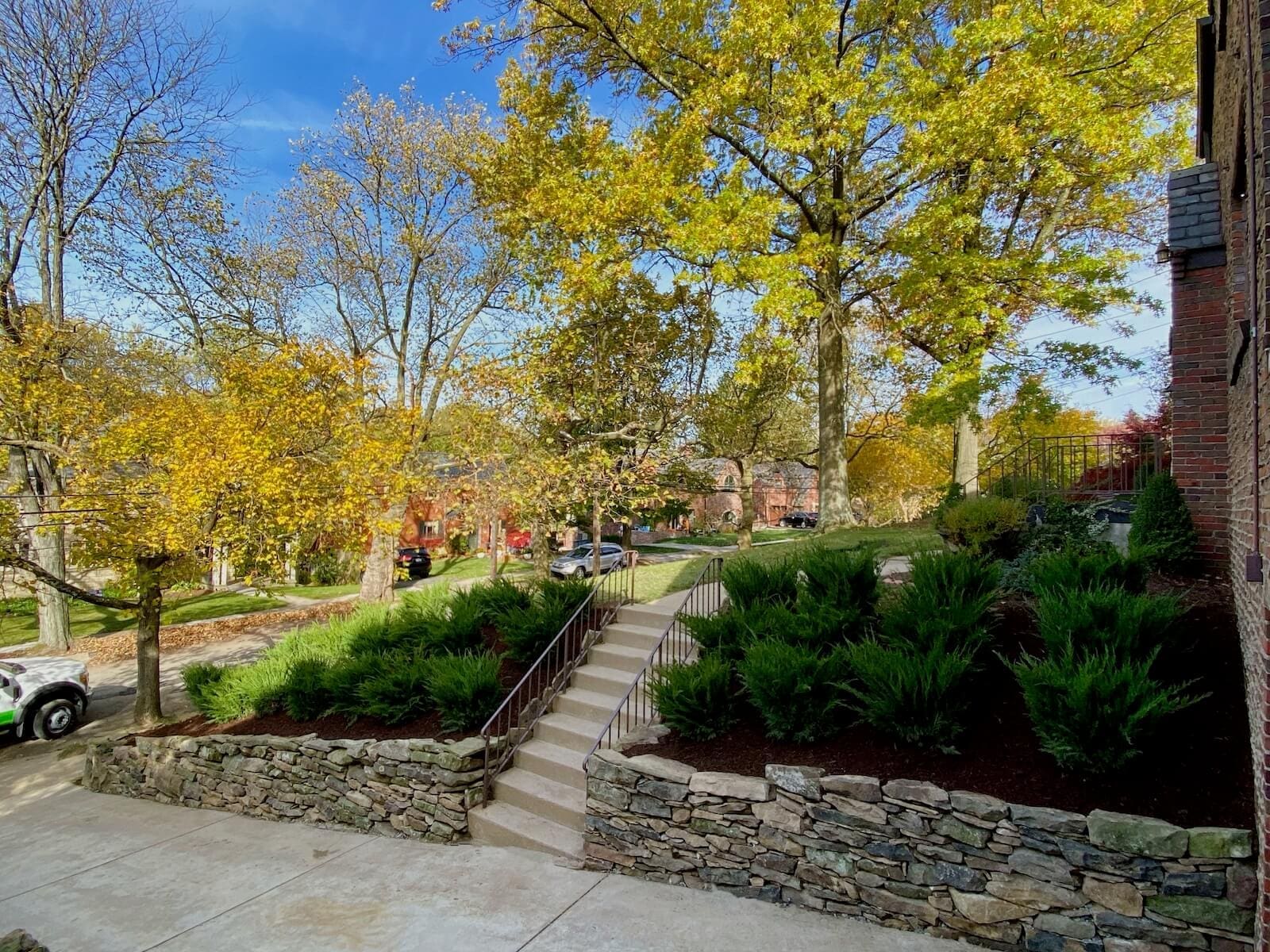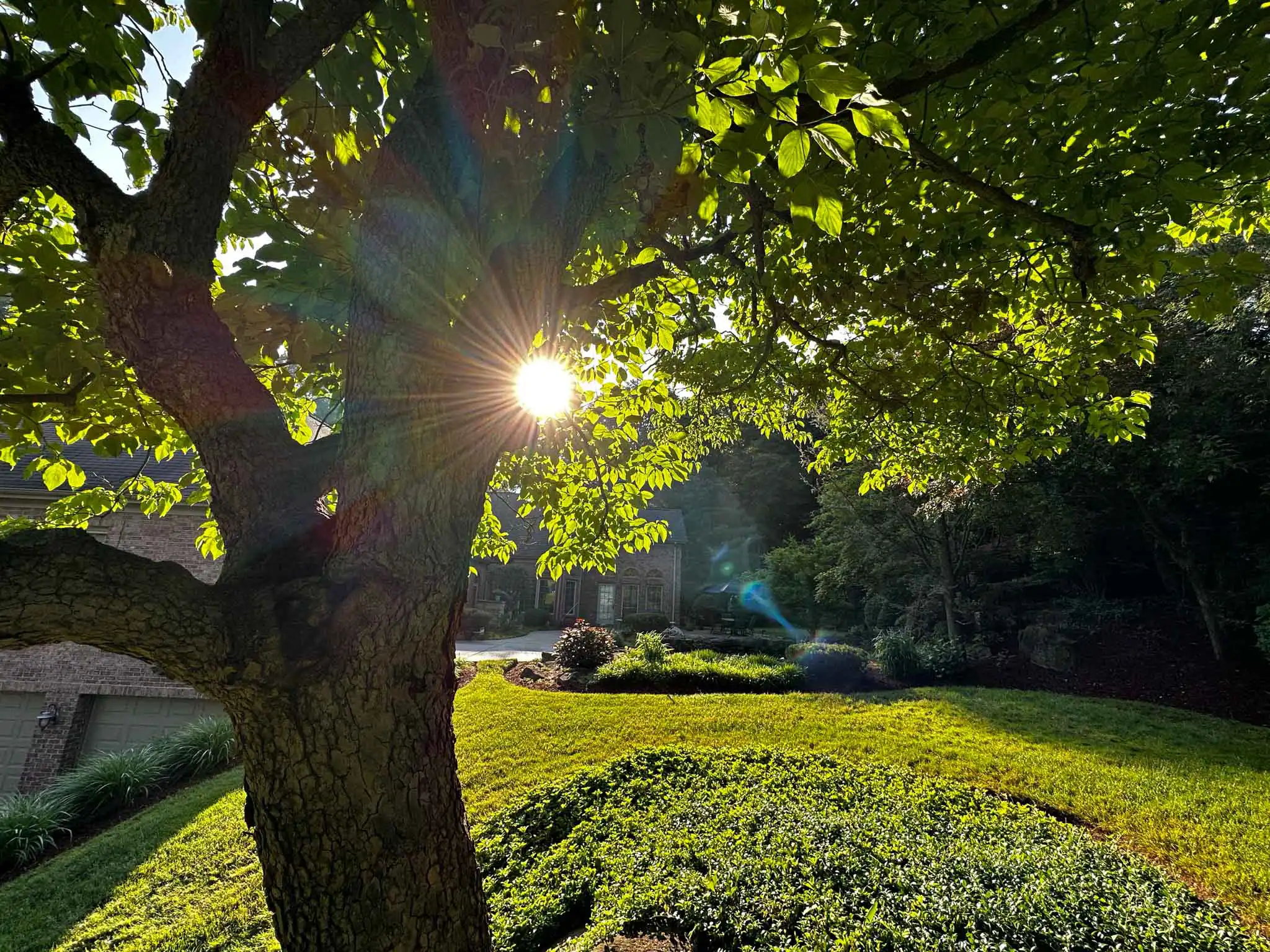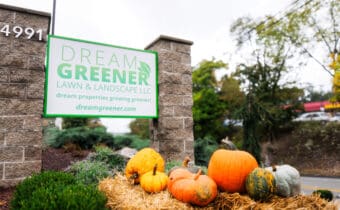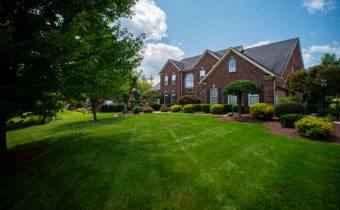Winter might seem like an unlikely time for landscape work, but for tree care professionals, it's actually the ideal season for pruning. At Dream Greener Lawn & Landscape, we consistently recommend dormant-season pruning to our Pittsburgh landscaping services clients because winter offers unique advantages that simply aren't available during the growing season including clearer views of tree structure, reduced disease risk, and less stress on the trees themselves.
Whether you have mature oaks shading your Mt. Lebanon backyard, ornamental crabapples framing your Presto entry, or flowering dogwoods throughout your Bethel Park landscape, winter pruning strengthens your trees and sets them up for healthy, vigorous spring growth. In this guide, we'll explain why winter is the best time for tree pruning and how Dream Greener's professional approach protects your landscape investment.
Is It OK to Prune Trees in Winter?
According to Penn State Extension, winter's cold temperatures mean less concern about pest and disease issues associated with pruning cuts, as pests and diseases are often in a dormant state throughout the winter. This dormancy period, combined with other seasonal advantages, makes winter the premier time for most tree pruning work.
 Superior Visibility and Access to Tree Structure
Superior Visibility and Access to Tree Structure
Winter's bare branches reveal what dense foliage hides during growing season, including crossing branches, weak unions, dead wood, and structural problems. This clear view allows our arborists to make precise cuts that improve both tree health and aesthetic form, especially important for ornamental trees where shaping matters. Frozen ground also supports heavy equipment without causing soil compaction or turf damage on Pittsburgh's sloped properties, while dormant ground-level plantings reduce the risk of landscape damage.
Reduced Disease Transmission Risk
Disease prevention is one of the most critical reasons for winter pruning. Many tree diseases spread through fresh wounds, and the insects that transmit them are active during warm weather but dormant in winter. Oak trees require special consideration. Oak wilt is a lethal fungal disease spread by sap-feeding beetles attracted to fresh wounds. Winter (December through February) is the only safe time to prune oaks, as beetles and fungal mats are absent. We never prune oaks during their high-risk period (mid-March through July) unless absolutely necessary for safety. Winter's cold temperatures also keep most fungal pathogens and bacterial diseases dormant, giving pruning cuts time to compartmentalize before spring activates disease organisms.
Minimal Stress on Trees
Winter pruning occurs when trees are dormant and not actively growing, allowing them to allocate energy toward healing wounds rather than producing leaves, flowers, or fruit. Penn State Extension research confirms that pruning during full dormancy avoids stressing the tree's energy resources. While some species like maple and birch bleed sap when pruned in winter, this natural flow is temporary and harmless to tree health.
Which Trees Benefit Most from Winter Pruning?
While most deciduous trees can be pruned in winter, some particularly benefit from dormant-season care:
 Oak Trees (All Species)
Oak Trees (All Species)
As discussed earlier, oaks should only be pruned in winter to avoid oak wilt transmission. Red oaks (including northern red oak, black oak, and pin oak) are especially vulnerable and can die within weeks of infection. White oaks (white oak, swamp white oak, bur oak) are more resistant but still benefit from winter pruning.
Maple Trees
Sugar maples, red maples, and silver maples are Pittsburgh staples. While they bleed sap when pruned in late winter, this doesn't harm them. Winter pruning is ideal for structural work, though we avoid very late winter pruning just before bud break when sap flow is heaviest.
Fruit and Ornamental Trees
Crab apples, pears, and apples all benefit from winter structural pruning. We're careful to preserve flower buds on spring-blooming species while still addressing structural concerns and removing problematic growth.
Shade Trees
Lindens, ashes, elms, and other large shade trees common in South Hills landscapes receive structural pruning in winter. This is the ideal time to establish strong architecture in young trees or maintain proper form in mature specimens.
What We Don't Prune in Winter
Spring-blooming shrubs (lilacs, forsythia, rhododendrons, azaleas) should be pruned immediately after flowering, not in winter, or you'll sacrifice the current year's blooms. We schedule these for late spring or early summer pruning instead. Birch and elm are sometimes pruned in late summer to early fall rather than winter to minimize stress, though winter pruning is acceptable if necessary.
What Are The Long-Term Benefits of Winter Pruning?
Investing in professional dormant-season tree care delivers benefits that compound over years:
- Structural Integrity: Proper pruning during a tree's development years establishes strong architecture that prevents storm damage and extends the tree's lifespan decades into the future.
- Disease Prevention: Removing dead wood, improving airflow, and making clean cuts during dormancy all reduce disease pressure and help trees stay healthy.
- Enhanced Aesthetics: Well-pruned trees complement your landscape design, frame your home beautifully, and increase property value.
- Safety: Removing weak, dead, or poorly attached branches before they fail prevents property damage and injury.
- Vigorous Spring Growth: Trees pruned in winter respond with strong spring growth. Removing problematic branches redirects the tree's energy into developing healthy, well-positioned growth.
- Reduced Future Costs: Regular maintenance pruning is far less expensive than emergency tree work after storm damage or dealing with large dead branches that have been neglected for years.
Enjoy the beauty and shade of your trees for a lifetime!
Frequently Asked Questions About Winter Tree Pruning
2025 Limited-Time Winter Care Promotion
This winter, give your landscape the care it deserves. Book your Winter Tree Pruning service before November 30, 2025, and receive a complimentary Winter Inspection & Dormant Oil Treatment designed to protect your ornamental trees and shrubs from overwintering pests. Your complimentary winter package includes:
Dormant Oil Treatment
A professional horticultural oil application that targets overwintering pest larvae and eggs before they emerge in spring. This eco-friendly treatment supports winter hardiness and promotes healthy new growth in spring.
Comprehensive Winter Inspection
Our certified arborists will assess your entire landscape for pest pressure, disease, and structural concerns, followed by a same-day report with recommendations.
Selective Hand Pruning
Precision pruning for perennials, ornamental grasses, and hydrangeas to encourage strong spring regrowth.
Seasonal Cleanup
Removal of spent annuals and debris to keep your landscape neat and prepared for winter.
We also offer complete leaf cleanup and removal services for properties not currently scheduled for this service.
This package combines the structural benefits of professional tree pruning with proactive pest prevention giving your landscape complete winter protection and a head start on spring health.
Why Choose Dream Greener for Winter Tree Pruning?
Our ISA Certified Arborists bring extensive training in tree biology, disease prevention, and proper pruning techniques tailored to Pittsburgh's unique climate and South Hills conditions. We follow systematic, science-based methods that prioritize tree health while enhancing aesthetic value.
We identify and remove dead, diseased wood, crossing branches, and weak unions prone to splitting under snow loads. Strategic thinning improves airflow and light penetration without destroying natural form and we never "top" trees or make arbitrary cuts. For ornamental trees like crabapples, dogwoods, and Japanese maples, we enhance natural form, create visual balance, and preserve flower buds for spring display. Every cut uses proper techniques that promote healing and prevent decay, protecting your trees' long-term health. We protect your property during work, clean up thoroughly, and leave your landscape looking better than we found it.



